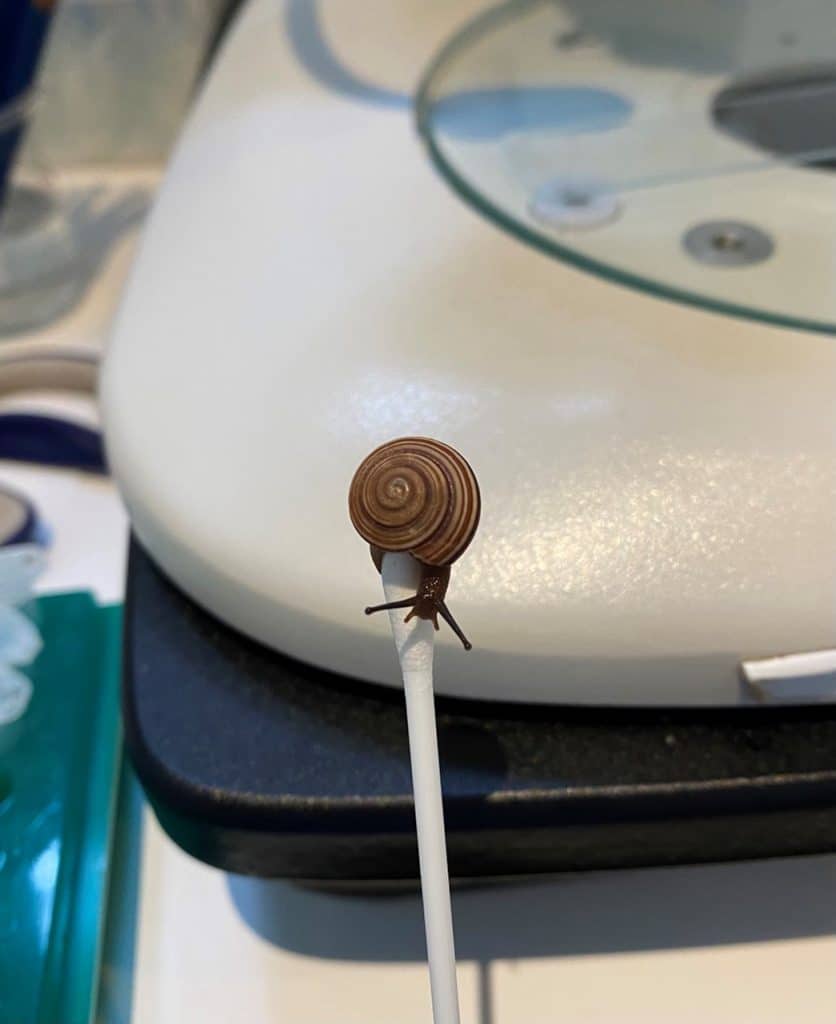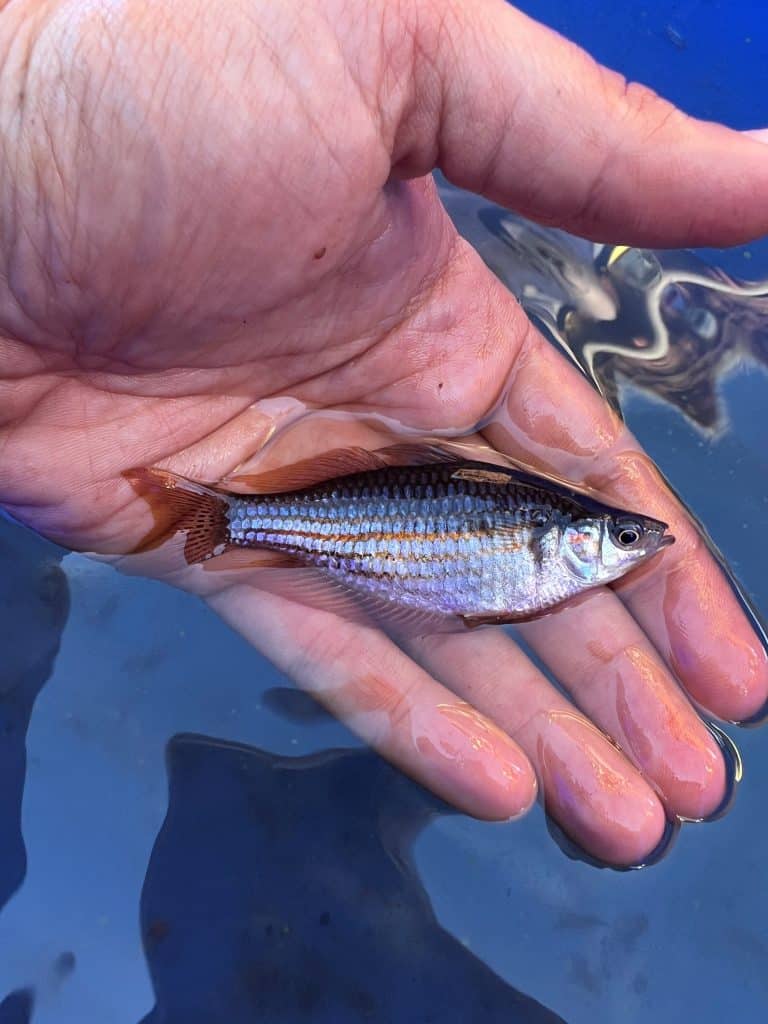Liesel Morgan Land snails often exhibit high levels of endemism and are vulnerable to habitat degradation. As such, they are…
Late last year, Biologic teamed up with Ecologists from Bush Heritage Australia (BHA) to undertake vertebrate fauna monitoring at two BHA managed properties, Eurardy Nature Reserve and Hamelin Station Reserve.
Biologic Zoologists Hannah Anderson and Brighton Downing assisted with monitoring at Hamelin Station Reserve (see previous blog post HERE), while Ryan Ellis and Siobhan Paget ventured a little closer to home and completed monitoring at Eurardy Nature Reserve.

Eurardy Reserve is located approximately 500 km north of Perth and occupies an area of just over 30,000 ha within the northern extent of the Southwest Botanical Province, a global biodiversity hotspot. Purchased in 2005, a significant outcome of BHA’s management of the reserve is the increased protection of jam and York gum woodlands in the Geraldton Sandplain bioregion from less than 1% to approximately 22%. The reserve is also the focus of BHA’s million trees project, which aims to plant a million trees and shrubs in areas of the reserve historically subjected to clearing for pastoral activities.
The survey kicked off to a good start with the team finding an echidna (Tachyglossus aculeatus) at the homestead on arrival day one. Relatively hot days and cold nigths didn’t impede the vast diversity of species recorded at trapping sites during the survey. Some highlights included:
- capturing the western clawless gecko (Crenadactylus occidentalis), a species Ryan was involved in the description of in 2016 but had yet to see in the wild;
- recording a high number of the regions frog species, including the western spotted frog (Heleioporus albopunctatus), crawling toadlet (Pseudophryne guentheri), humming frog (Neobatrachus pelobatoides) and the rarely encountered southern sandhill frog (Arenophryne xiphorhyncha); and,
- encountering spinifex hopping mice (Notomys alexis) and thorny devils (Moloch horridus) on an almost daily basis.

Western clawless gecko (Crenadactylus occidentalis) Photo: R.J. Ellis
Some optimistic targeted searches for the threatened (Vulnerable) western spiny-tailed skink (Egernia stokesii badia) failed to find the species within the reserve, though the team hasn’t given up hope they’re hiding out in the woodland habitat somewhere.
It was hard for the zoology team to not take notice of the abundant wildflowers throughout the reserve, with a different species on show with every turn. It was almost enough to persuade them to take up a deeper interest in flora… almost.
The Biologic team is looking forward to working with Bush Heritage Australia again in 2021 and getting back out to Eurardy and beyond, stay tuned.


